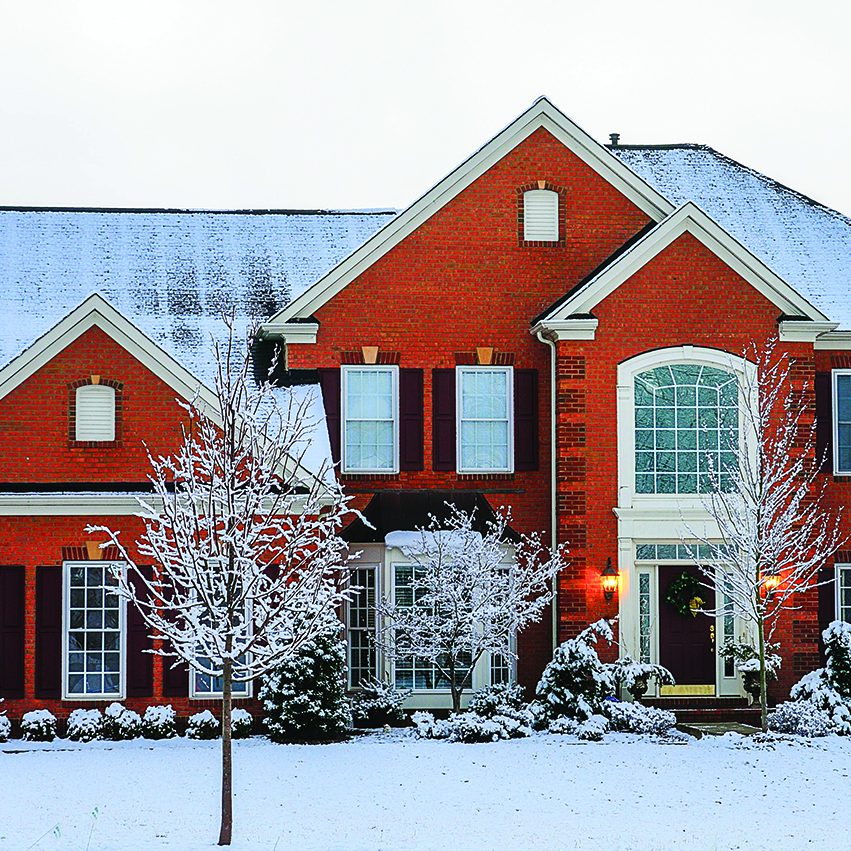A vast migration takes place when the temperatures begin to drop in the northernmost areas of the United States and even parts of Canada. No, it has nothing to do with feathered friends finding new roosts or certain mammals getting ready to hibernate. This migration involves the thousands upon thousands of people who retreat from one residence to head to another.
Snowbirds, as these migratory people are often called, are primarily retirees who split their living arrangements based on weather. Many spend the spring and summer months in one residence, generally in the northern portion of the country. Once the mercury begins to drop there, they trade that home for another in a more temperate locale, such as Florida, Louisiana, Texas, or even overseas. The Palm Beach Post reports that about 145,000 snowbirds flock to Palm Beach County alone each winter, raising the population by around 11 percent, according to the county’s official figures. Across Florida, an estimated 900,000 to one million seasonal residents stay a month or more every winter.
When snowbirds or other people leave their homes for extended periods of time, it is essential that they winterize properties that will sit vacant for months.
Protect Against Home Damage
· Consider turning off the water supply completely if you will be away for an extended period of time; otherwise, a burst pipe may result in significant damage.
· Drain all water in pipes by opening the faucets and flushing the toilets to clear the water from the tanks and bowls. Place non-toxic antifreeze in the toilet bowls to prevent any remaining water from freezing.
· If you will not be draining pipes and turning off the water, set the heating system to 55 F or higher to help keep the interior and wall cavities warm.
· Keep room and cabinet doors open to allow heat to circulate to areas where pipes are located.
· Shut off the water to outdoor faucets as well as the washing machine.
· Close up openings to the house so that rodents and insects cannot get inside and use a home for shelter.
Keep Safe With Snow and Ice
· Make sure that gutters are free of debris, which can lead to potential ice dams and water collection around the foundation of the home.
· Hire someone to clear the sidewalks and driveway of snow and ice.
· Remove any tree branches that can be weighed down by snow and ice and fall onto the property.
Make The Home Look Lived In
· Forward mail to your winter address, stop newspaper delivery and arrange to have any package deliveries picked up while you’re away.
· Put motion-sensitive exterior lights and interior lights on timers. Set lights to come on at various times to discourage thieves or squatters.
· Ensure the alarm system is in good working order.
· Use deadbolts to secure doors and windows.
These steps and others can help protect a home while residents are away.




